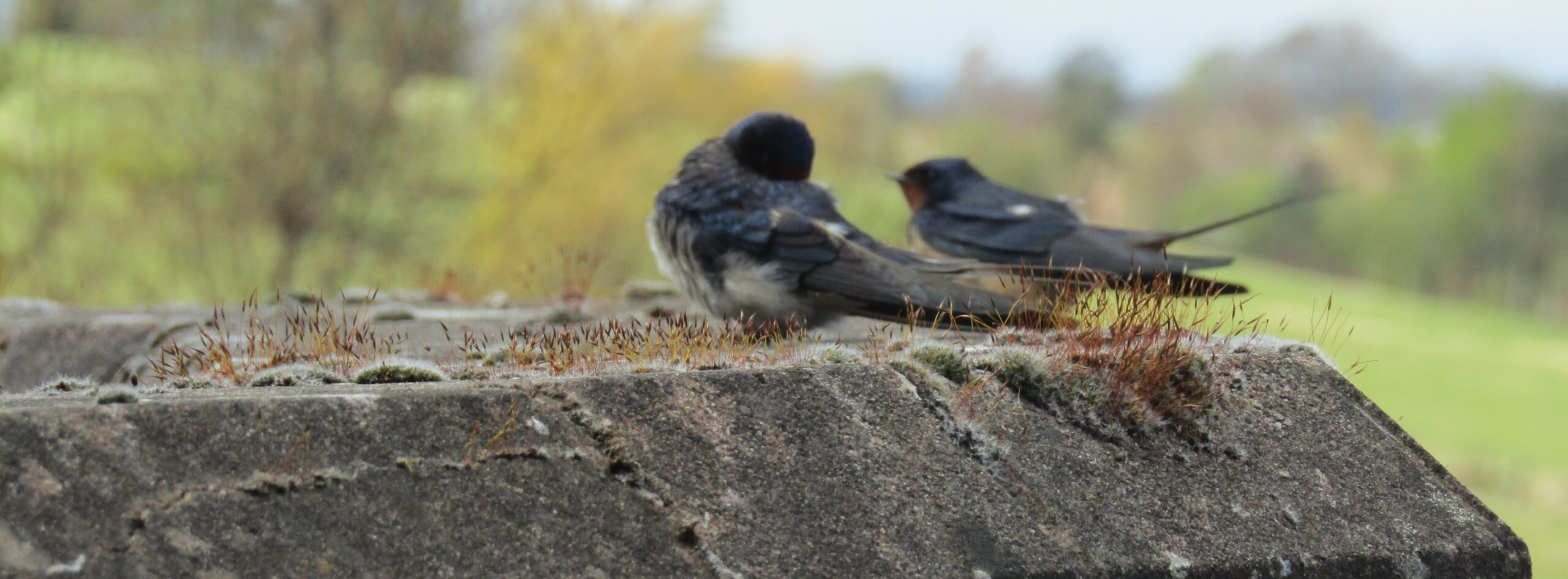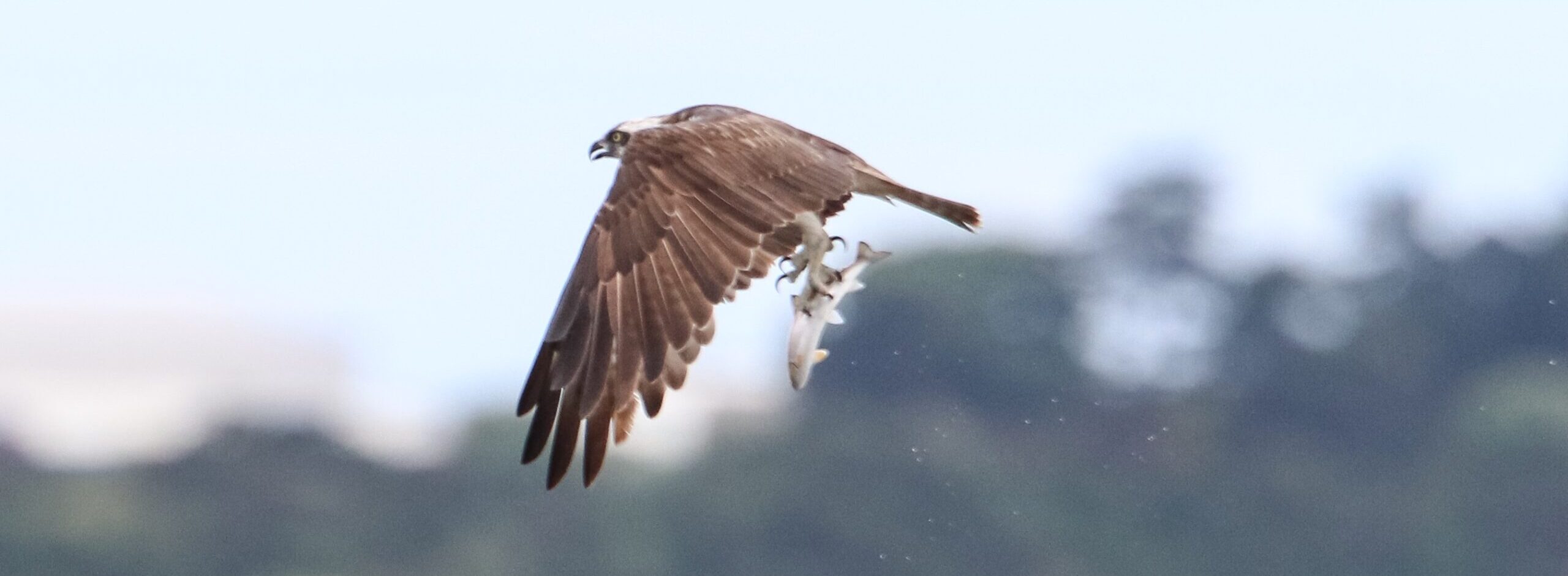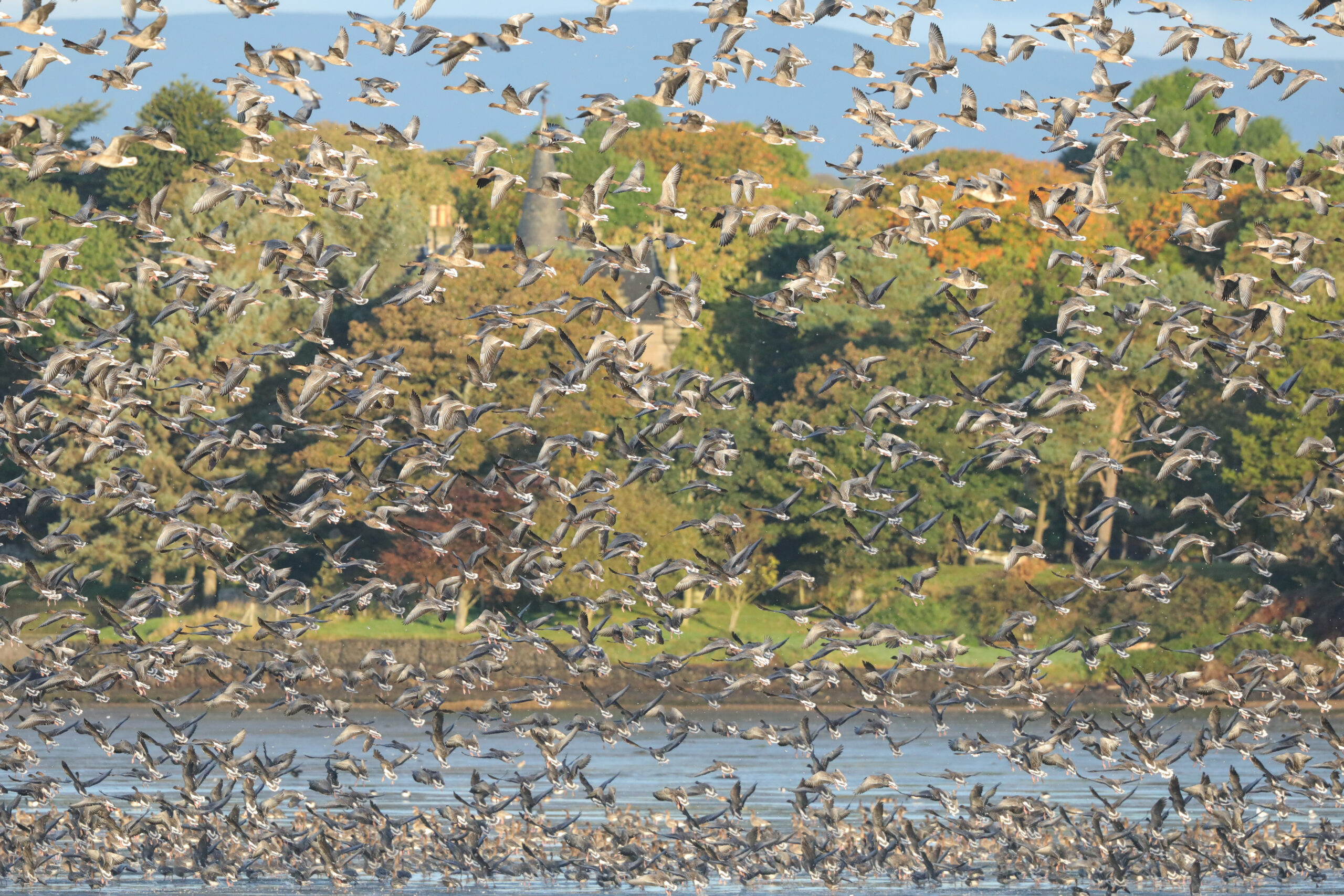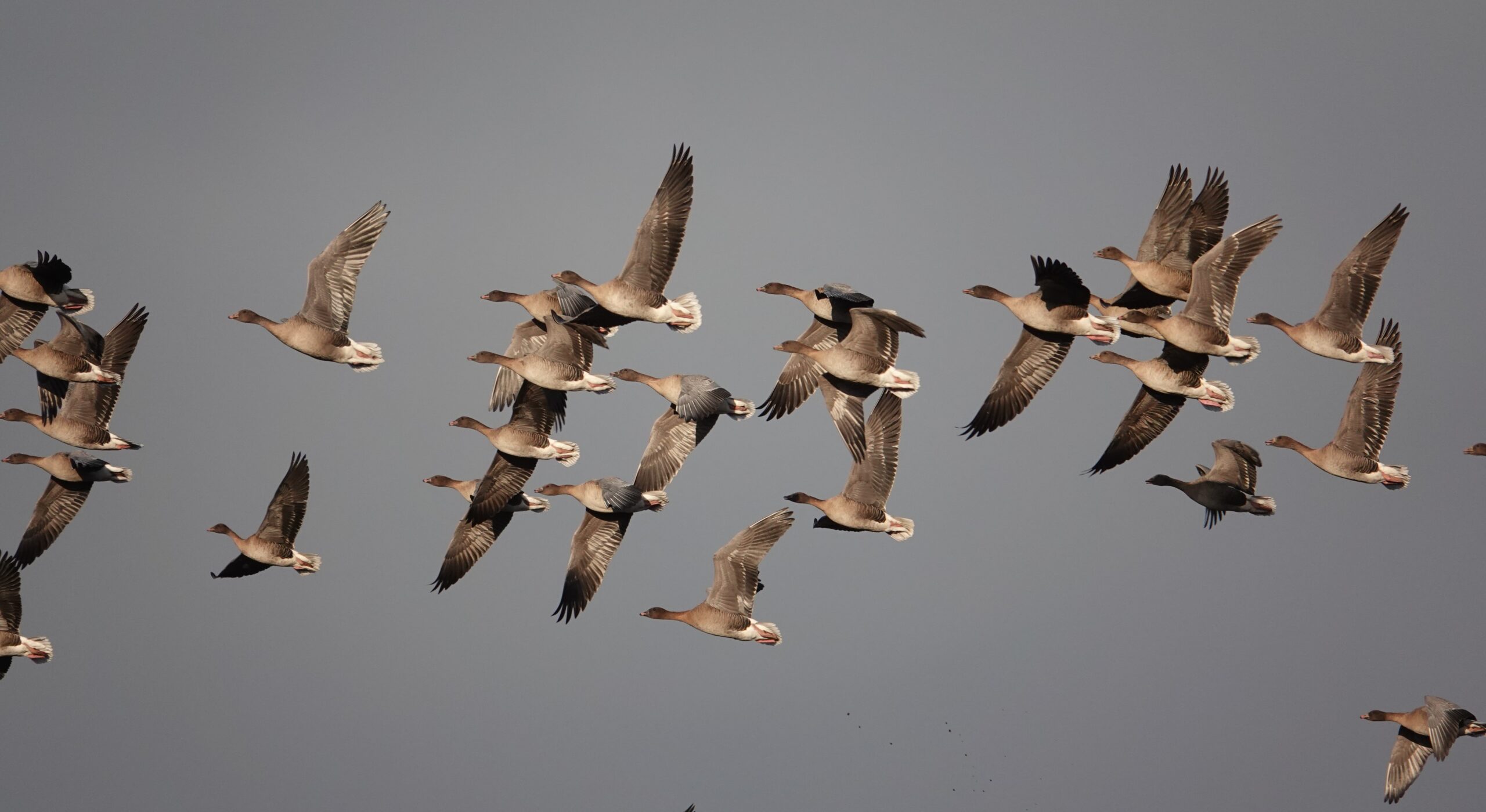A Bittersweet Spring Equinox
The Spring equinox is on March 20th, and the arrival of this new season is both exciting and bittersweet. The emphasis is perhaps more on ‘bittersweet’ this year, with lockdown meaning we’re unable to share the excitement with volunteers and visitors to Montrose Basin.
But even in a normal year, March always brings with it a strange lull in the wildlife on the reserve. Winter is one of the best times to visit the Basin – kingfisher sightings could almost be described as ‘reliable’, the diversity of wading birds and ducks is incredible, and while the number of pink-footed geese isn’t quite as high as we tend to get in Autumn, the sound of skeins flying over in the mornings and evenings is very familiar.
But as we progress through March, things begin to change. The resident kingfisher becomes much more elusive as breeding season approaches, the Basin’s mudflats gradually get emptier as birds migrate or move inland, and the numbers of pink-footed geese dwindle as they make their journey north again. And all this happens almost imperceptibly. You hear your last skein of the season without even realising it.
But on the flipside, of course, is the anticipation of Spring! Before long, our ‘staple’ winter species will be replaced with swallows, martins, ospreys, warblers, and terns. It’s a fair trade. Montrose Basin usually gets its first osprey sighting in late March or early April, but World Osprey Week is fittingly beginning on Monday 22nd March – a week when the first of many pairs across the country tend to begin arriving. (Fingers crossed Loch of the Lowes sees its first osprey soon! You can watch their live webcam here.)


The day after the first day of Spring is World Poetry Day, so we thought we’d take this opportunity to say farewell to the pink-footed geese for another year with the poetry of a couple locals: Violet Jacob, a famous Scottish poet, and Grant Baird – a local farmer whose fields overlook the Basin. Poetry has been a helpful pastime for him during lockdown!
Violet Jacob (born Violet Augusta Mary Frederica Kennedy-Erskine) grew up on the banks of Montrose Basin at the House of Dun, which now belongs to the National Trust. She returned to Angus and lived in Kirriemuir after the death of her husband in 1936. The sound of pink-footed geese must have been a meaningful soundtrack in her life. Angus residents and many people across Scotland still define the movement of seasons by the sound of migrating geese.

The Wild Geese, Violet Jacob
‘Oh tell me what was on yer road, ye roarin’ norlan’ Wind,
As ye cam’ blawin’ frae the land that’s niver frae my mind?
My feet they traivel England, but I’m deein’ for the north.’
‘My man, I heard the siller tides rin up the Firth o Forth.’
‘Aye, Wind, I ken them weel eneuch, and fine they fa’ and rise,
And fain I’d feel the creepin’ mist on yonder shore that lies,
But tell me, ere ye passed them by, what saw ye on the way?’
‘My man, I rocked the rovin’ gulls that sail abune the Tay.’
‘But saw ye naething, leein’ Wind, afore ye cam’ to Fife?
There’s muckle lyin’ ‘yont the Tay that’s mair to me nor life.’
‘My man, I swept the Angus braes ye hae’na trod for years.’
‘O Wind, forgi’e a hameless loon that canna see for tears!’
‘And far abune the Angus straths I saw the wild geese flee,
A lang, lang skein o’ beatin’ wings, wi’ their heids towards the sea,
And aye their cryin’ voices trailed ahint them on the air –’
‘O Wind, hae maircy, haud yer whisht, for I daurna listen mair!’
– Violet Jacob (1863 – 1946), Songs of Angus (John Murray, 1915)

Under the Larch
I found her under youthful larch tree,
When the student is ready, the teacher appears.
Upon her gravestone I place but a pebble
I pause and join a while to think of how
So much has changed, and yet so little.…………
Geese in their thoosands wha ne’er seem thinned
Still slow an tack hard ‘gainst her Norlan wind
Skein upon skein gie voice continual
Head aye the Basin, safe roost familial
The ebb an’ flow’n o’ tides sic a myst’ry
Neath’ auld Montrose toon an’ its est’ry.
Tho’ September’s ploo cuts five nae ane’
An’ hooves an hearts gid’ wae tae steel
It’s aye straicht the same fields, and toil’d
The same fairms aboot which she wis inspire’t.
An’ she rests, like the wheat I sow’d,
Among the very same soil.
A’fore this Jacobite lass I stand to honour,
I see anither admirer passed this wye.
Tho’ a graveyaird, maist unlikely a mourner.
Ah, but hairst month’s new pass’t (tho’ I wish’t wid bide),
An holds kindly her birth an her passing.
There amongst the grass, tied wi’ tellin’ ribbon o’tartan,
A ghost o’ a dizen white roses to remembrance lastin’.
– Grant Baird
A huge thank you to Grant for sharing his poetry with us!
Joanna Peaker
Visitor Centre Assistant Manager
Help protect Scotland’s wildlife
Our work to save Scotland’s wildlife is made possible thanks to the generosity of our members and supporters.
Join today from just £3 a month to help protect the species you love.
Preface
The Spring equinox is on March 20th, and the arrival of this new season is both exciting and bittersweet. The emphasis is perhaps more on ‘bittersweet’ this year, with lockdown …
